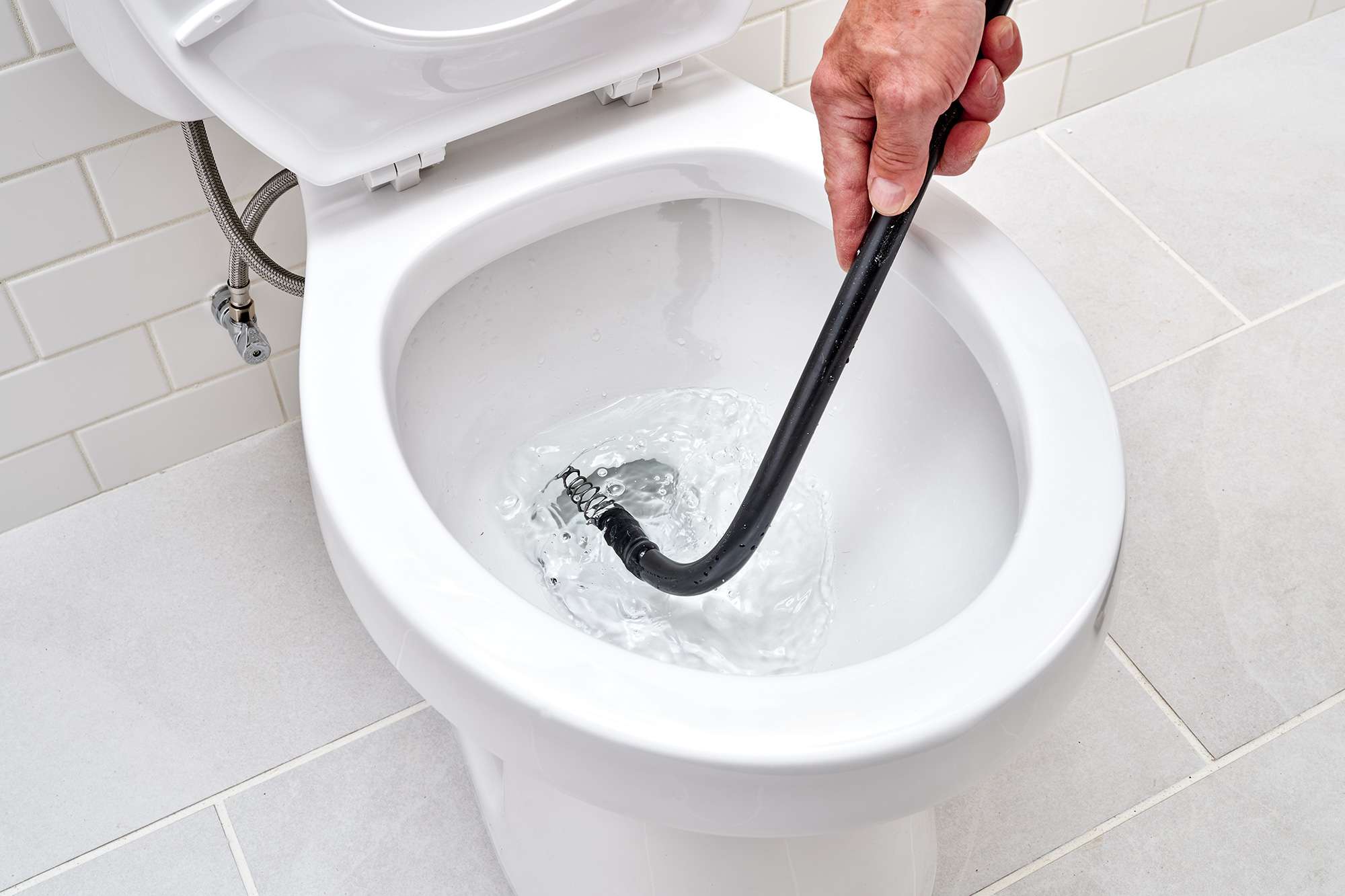Introduction:
A clogged toilet can turn a routine day into a plumbing nightmare. Instead of resorting to harsh chemicals, a gentler and more environmentally friendly solution involves using a common household item: dish soap. This step-by-step guide will take you through the process of unclogging a toilet with dish soap, covering essential safety measures, troubleshooting tips, and answering frequently asked questions.
I. Gathering Supplies:
Before diving into the unclogging process, ensure you have the necessary supplies ready. Collect dish soap, hot water, a plunger, and rubber gloves. Having these items readily available streamlines the unclogging procedure.
II. Safety Precautions:
Wearing rubber gloves is crucial to protect yourself from any contaminants. Avoid using harsh chemicals, as they can damage both your plumbing and the environment. Ensure proper ventilation in the bathroom to minimize exposure to fumes and enhance safety.
III. Preliminary Steps:
Assess the severity of the clog. If the water level is high, remove excess water from the toilet bowl. Additionally, place towels or newspapers around the toilet to absorb any potential spills, making the cleanup process more manageable.
IV. Dish Soap Application:
The magic of dish soap lies in its ability to break down organic matter. Pour a generous amount—typically between 1/4 to 1/2 cup—of liquid dish soap into the toilet bowl. Allow it to sit for at least 10 minutes, giving it time to penetrate and soften the clog.
V. Boiling Water Technique:
Boil a pot of water on the stove while the dish soap is working its magic. Carefully pour the hot water into the toilet bowl. The combination of heat and soap helps to loosen and dissolve the clog, making it easier to remove.
VI. Plunging:
Equip yourself with a plunger and employ the proper technique. Place the plunger over the drain and plunge vigorously and consistently. Repeat this process until you feel the clog giving way. Patience is key.
VII. Flushing and Testing:
After successful plunging, attempt to flush the toilet. If the water flows freely, discuss preventive measures to avoid future clogs, such as using septic-safe toilet paper and avoiding flushing non-flushable items. If flushing remains problematic, consider repeating the process or seeking professional assistance.
VIII. Clean-Up:
Dispose of used materials properly, including any contaminated towels or newspapers. Wipe down surfaces with a disinfectant to maintain cleanliness and hygiene. Always wash your hands thoroughly after completing the unclogging task.
IX. Troubleshooting Tips:
Address common issues that may arise during the unclogging process. If the clog persists, try adjusting the water level in the tank or consider using a plumbing auger. Persistent problems might require the expertise of a professional plumber.
FAQs:
Q1: Can any dish soap be used?
A1: Yes, most liquid dish soaps are effective. Opt for one with degreasing properties for enhanced results.
Q2: How much dish soap should I use?
A2: A generous amount, typically between 1/4 to 1/2 cup, is recommended to ensure effectiveness.
Q3: What if the clog persists after the first attempt? A3: Consider repeating the process or trying additional plunging. If issues persist, seeking professional assistance is advisable.
Conclusion:
Unclogging a toilet with dish soap is a practical and eco-friendly alternative to harsh chemicals. By following this comprehensive guide, incorporating safety precautions, and understanding troubleshooting tips, you can confidently address toilet clogs. Remember, regular maintenance is key to preventing future issues, and if all else fails, don’t hesitate to call in the experts.

A group of home improvement enthusiasts and bathroom design experts, combines in-depth knowledge and a shared passion to deliver engaging, informative content that guides readers through the world of bathroom innovation and style.

Leave a Reply